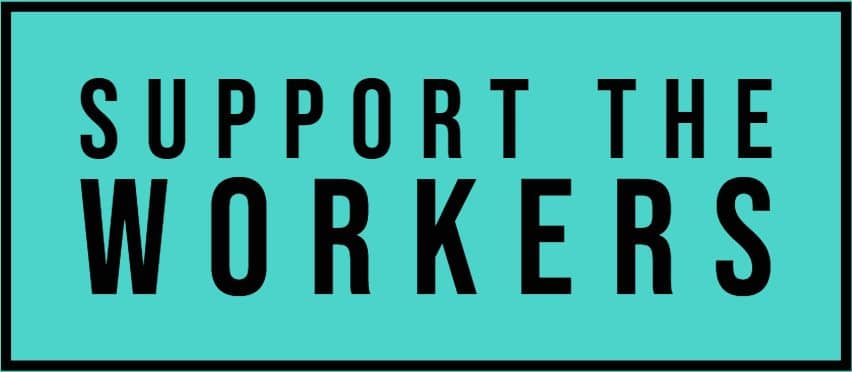Historical Medicines in The Treatment of Mood Disorders
16th October 2023
| Opium: Medicines have been used in the treatment of mental illnesses for thousands of years. In the past herbs along with forms of magic might have been used to try to alleviate mental health problems. Opium is a drug that has been used for centuries, since the days of Jesus by the Greeks, in the battle that many faced even then for mental balance. It's use continued throughout the centuries until the 1700s and 1800s when it had become a popular over-the-counter drug that was used not only to help calm a person's nerves, but also used in many children's elixir's as an aid with crying fits or tantrums. Opium fell out of mainstream use in the earlier part of the 20th century, and along with it, the over the counter use of cocaine with the passing of laws that limited their use. Some painkillers today and other psychiatric medications are opiate based or have a similar chemical structure. Some psychiatric medications have a similar chemical structure to heroin, although its administration and use is different. Cocaine and barbiturates, amphetamines: Cocaine was commonly used not only for its mood elevating effects," but also was even added to Coca-Cola up until the early 1900s. It was part of the picker-upper in the popular soft drink. With stricter drug laws, the potent coco leaves were replaced with impotent leaves, taking the stimulant effect out of Coke around the year 1904. Sigmund Freud, the well known psychiatrist, experimented with cocaine, not only for himself, but also as an aid for his psychiatric patients. However, in the 1930s, began a new era in the use of drugs for mental health. In the 30's, amphetamines, a stimulant, were discovered to calm down some children who were difficult to control. Their use with children really didn't gain momentum until the 1960s and 70s. In the 1980s and 90s, until today their use has proliferated. Barbiturates came into use in the 1930s, also used to calm down or sedate adults. Barbiturates are used in the treatment of children and adults with epilepsy. Ritalin, a popular stimulant for children, not a true amphetemine, but similar in nature, came on the market in 1955 but the widespread use of ampehtamines for children became more common only in the 1970s. This has led to the time today when Ritalin, similar to an amphetamine, Adderall, a true amphetemine, and other stimulants are used routinely in treating ADHD in adults and children, and have become almost household words. Valium, SSRIs, antidepressants, Quaaludes: Valium, a tranquilizer in the 1970s and 80s led to the use of SSRIs, antidepressants, said to be safer than Valium, from the 1980s until today. The use of Quaaludes, a hypnotic tranquilizer, used both as a prescription drug and as a street drug, fell out of common use in the 1980s, because of the dangers of overdose associated with it. Quaaludes are like a modern day manufactured opium in its effects. Mellaril is a similar minor (or major) tranquilizer, and it also can have a slightly hypnotic effect. Actually, even today, there is a "grey area" between prescription drugs and street drugs. Many drugs that are sold legally by prescription for mood disorders, are also sold on the street under the same or different names for both "kicks" and for their mood mood or performance enhancing properties. Ritalin is sold by prescription, but also on the street, with street names, and is 4th on the list of abused drugs, the three others being marijuana, heroin, and cocaine. |
